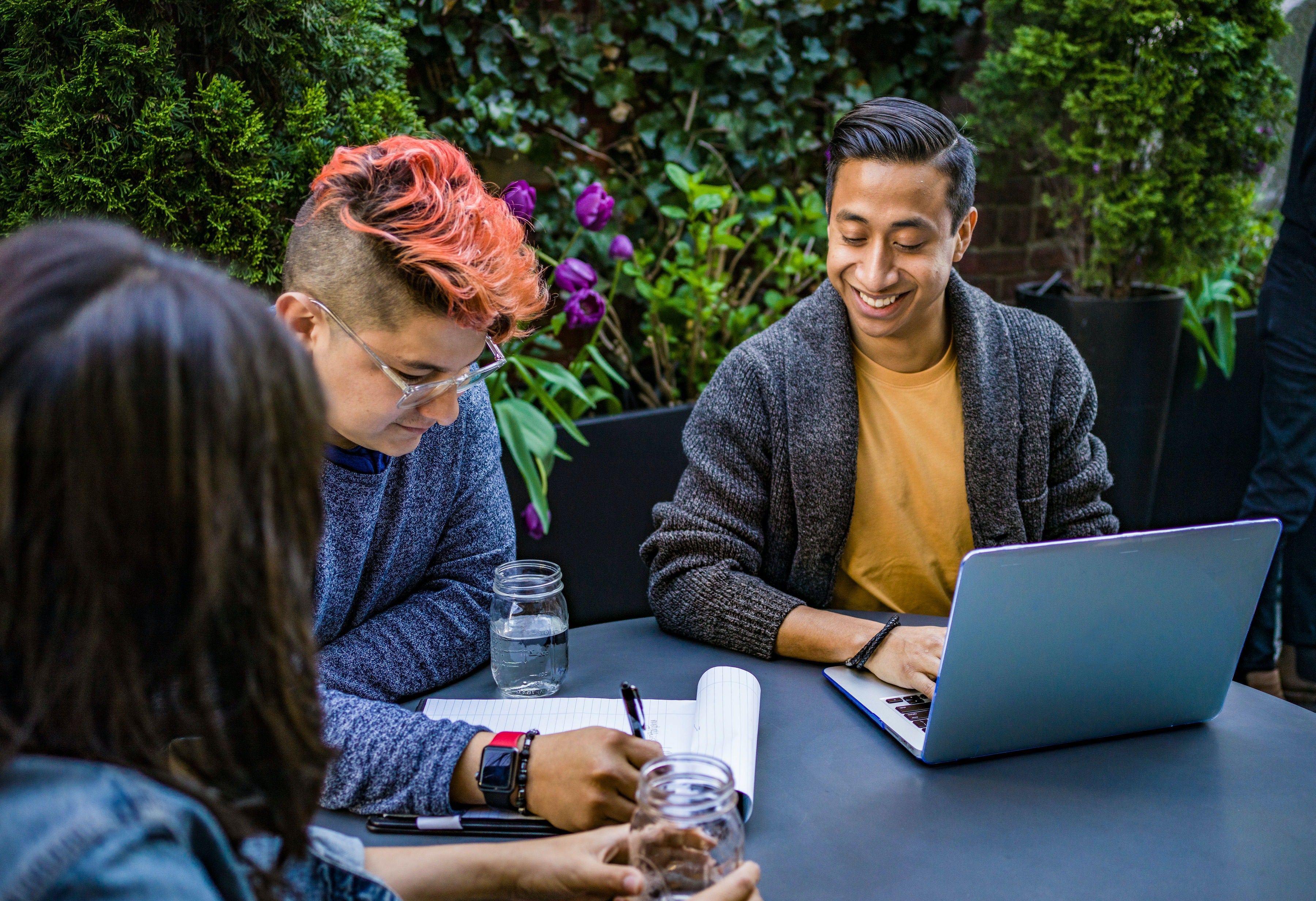Starting a new language is daunting. You have your dictionary at your side, a couple of online classes or videos on your belt, but where do you go from there? The first part of starting your language journey is asking yourself: what steps do I want to take to learn my new language?
There are many ways you can learn a new language. In this blog, we’ve compiled a list of 4 handy hacks for you to use when learning a new language.
1. Flashcards around the House

Photo by Karolina Grabowska from Pexels
Flashcards are an excellent resource for language learning, and you should make your own instead of using premade templates. Writing words yourself makes them stick in your mind longer. Flashcards are also easy to maneuver and place around your house. Taping flashcards onto their corresponding item makes learning a language both fun and constant in your life. Learning the word for ‘refrigerator’? Tape your flashcard to the refrigerator door, and you’ll see the word each time you open it.
Flashcards function better when you can apply that word in a sentence. With the flashcard you’ve used on your fridge, next time, write a sentence practicing conjugations. Maybe: “I am opening the fridge,” or “I’ve shut the fridge.” Having a practical application of the word helps you learn how to structure sentences in the future.

Photo by Ketut Subiyanto from Pexels
COVID-19 placed restrictions on traveling this past year, but vaccinations will open up a window of new opportunities. Sometimes, the best way to learn is by doing. Fully immersing yourself in a country gives you a better perspective on the culture whose language you’re learning. This is known as “in-country” immersion.
If you decide to go abroad while learning, make sure to take a fluent travel buddy who can help or use a handy translator like Jarvisen to communicate with locals. Jarvisen will help you keep your ears and eyes sharp as you peruse the streets.

Music is an excellent tool for memorization and can be especially useful when learning a new language.
Like flashcards, song lyrics can teach you about sentence structure, verb tenses, and even how slang may translate into another language. Pick a song you know in your native tongue and work on translating it into the language you’re learning, or vice versa. Music not only gives you a perspective of the country’s culture, but it also helps sharpen your language composition skills. Now the next time you sing that song, you’ll know it in more than one language.

Traveling isn’t always an option for everyone. If you can’t afford to make that destination trip, you can find a language partner to practice conversing with you. Speaking with someone well-versed in the language you’re studying provides more real-life experience than books and videos can provide.
Don’t know anyone nearby who fluently speaks the language you’re learning? There are a few websites you can use to connect with real people across the world online! Language exchange sites like Speaky and LingoGlobe are great places to start.
If you’re looking for a more virtual language partner, Jarvisen doubles as an excellent translation partner. Not only does Jarvisen Translator translate your conversations in under .5 seconds, but it’s accurate, too! Save $50 when you purchase your first Jarvisen Translator today.


Share:
Earth Day Celebrations around the World
Let's Get Married! Marriage Traditions from around the World